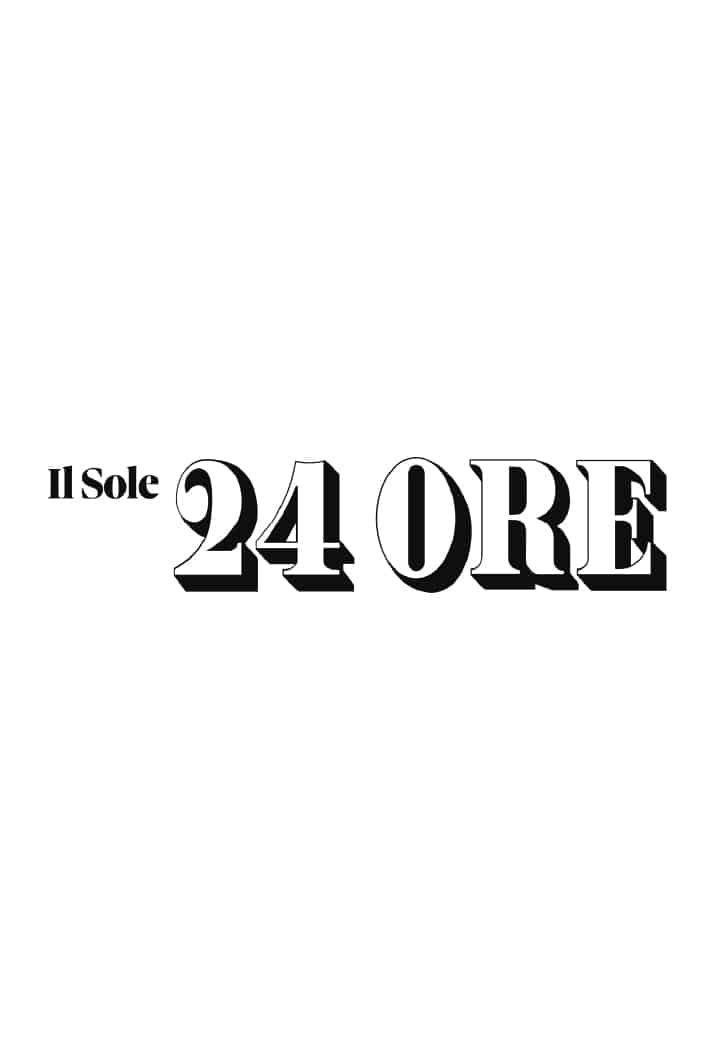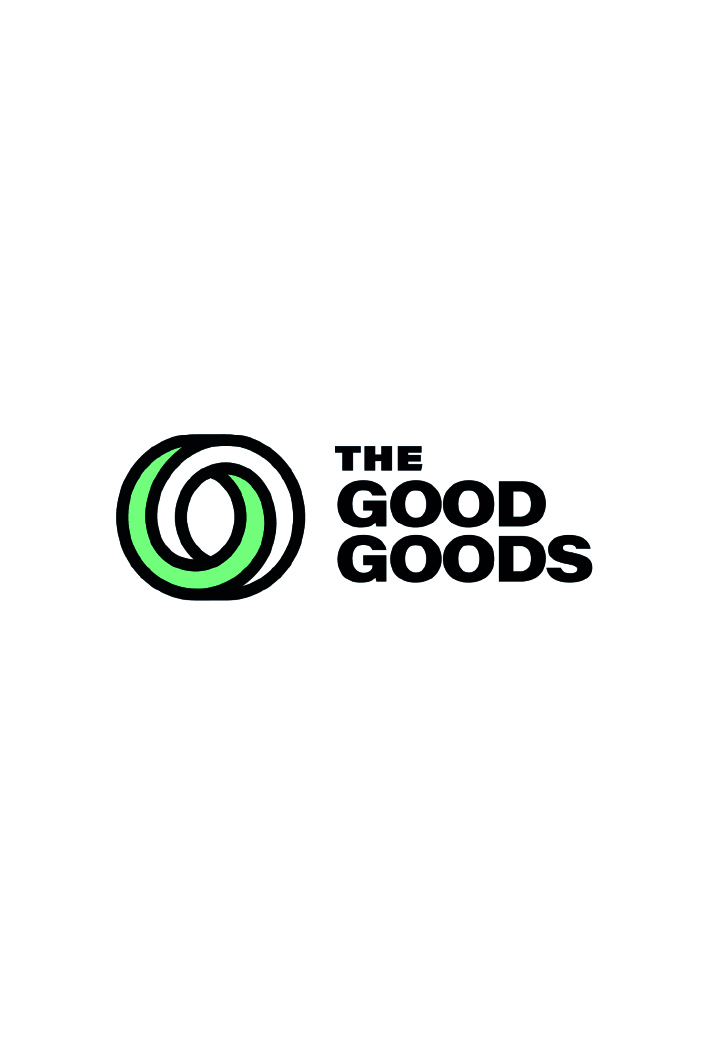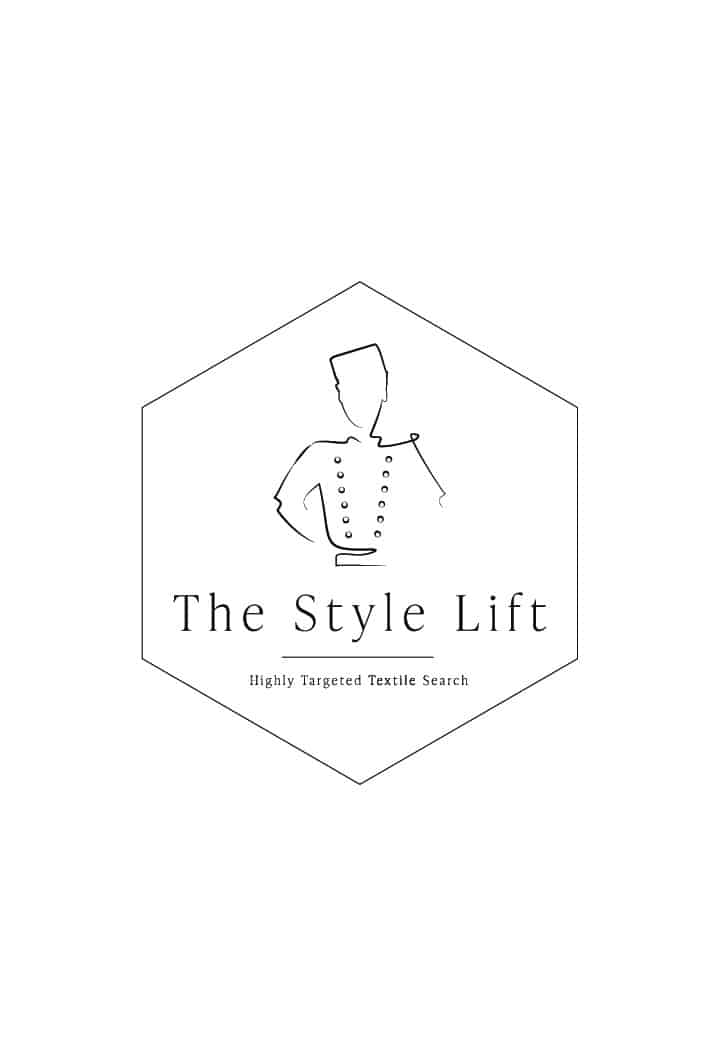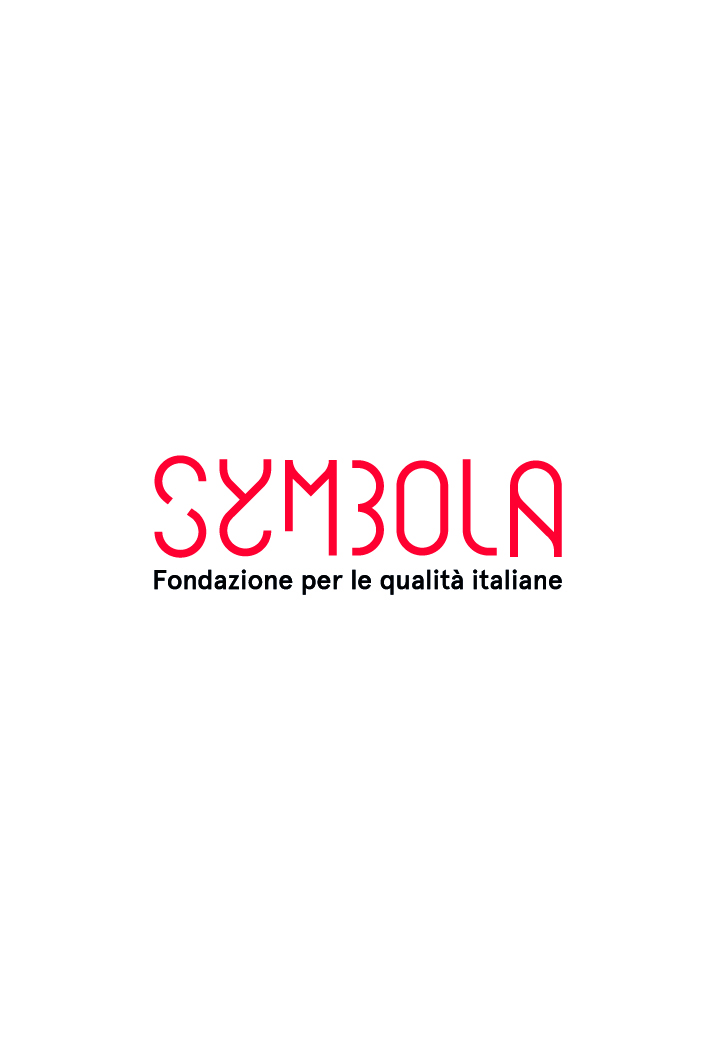Manteco on SYMBOLA
"A Prato abbiamo creato una rete che unisce migliaia di artigiani e così il tessile si rinnova».
Forse le regole dell’economia circolare Matteo Mantellassi, terza generazione dell’azienda Manteco – celebre, tra le tante cose, per la Mwool, la lana riciclata e prima al mondo ad essere analizzata tramite un Life Cycle Assessment -le ha imparate sulla sua pelle. Entrando in azienda alla fine del secolo scorso.
«In quegli anni, a Prato, la crisi della realtà tessile la respiravi a pieni polmoni», osserva Mantellassi, 46 anni, uno dei due amministratori delegati dell’azienda (l’altro è suo fratello Marco) nata nel 1943 con il nonno Enzo e passata poi nelle mani di papà Franco.
Sono gli anni raccontati da un altro pratese, Edoardo Nesi, nel suo romanzo, premio Strega 2011, «Storia della mia gente».
E con Nesi, Mantellassi si è incontrato spesso, parlando e discutendo, ma soprattutto ben sapendo che i loro destini dovevano divergere prima o poi. «Abbiamo sempre cercato di risollevare le sorti imprenditoriali della nostra terra: da tre anni abbiamo messo su MSystem, dove, nel raggio di una decina di chilometri, più di cinquanta aziende e 15o0 artigiani lavorano con noi. Li aiutiamo nell’acquisto dei materiali, spiegando le regole del mercato e condividendo valori etici e sociali», spiega l’imprenditore, il quale sottolinea come ognuno faccia la sua parte, creando una economia circolare del capitale umano.
«Purtroppo manca il cambio generazionale: i figli di molti artigiani hanno preferito prendere altre strade. Per questo, abbiamo aperto la Manteco Academy, spazio riservato sia ai giovani, sia ai professionisti», ricorda la terza generazione dell’azienda tessile leader per sostenibilità e lusso a basso impatto ambientale. Restando sui giovani: «In questi mesi di emergenza sanitaria, abbiamo notato diversi ragazzi, dai 19 ai 24 anni, con molta voglia di lavorare, pur non avendo esperienza: alcuni di loro sono stati assunti».
A Montemurlo, dove ha sede Manteco, di fianco ai quindicimila metri quadri dell’azienda, nata già in chiave sostenibile («Invece di occupare terreni vuoti, abbiamo preferito stabilirci e trasformare una vecchia fabbrica di filatura»), sta sorgendo un altro magazzino, destinato al controllo del tessuto, all’innovazione e alla sostenibilità. Il posto ideale per una serie di test sull’ultima realizzazione Manteco: una pura lana totalmente riciclabile e biodegradabile, in grado di superare ogni tipo di prova di durabilità e resistenza.











